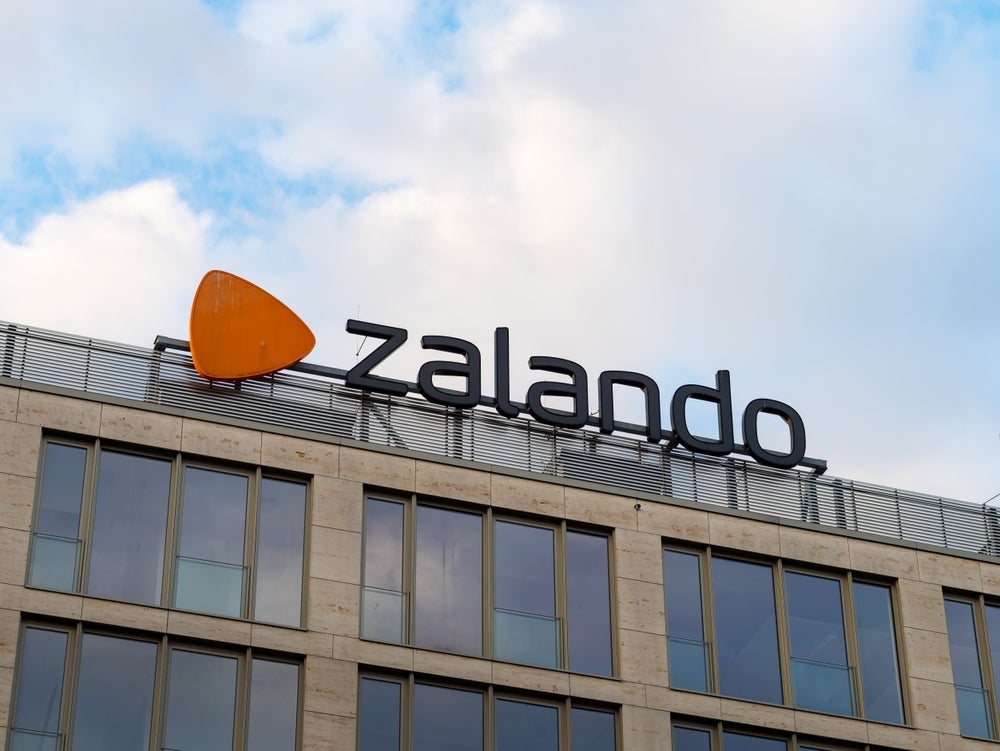
As we approach the 2023 holiday season, NRF chief economist Jack Kleinhenz predicts that it will come with a fresh set of dynamics, building on the unique challenges and trends of the past few years.
Kleinhenz’s insights were featured in the November issue of NRF’s Monthly Economic Review, where he acknowledged the remarkable shifts that have characterised recent holiday shopping seasons, emphasising the resilience of both consumers and retailers in adapting to evolving circumstances.
Kleinhenz commented: “The average household remains on relatively solid financial footing despite pressures from still-high inflation, stringent credit conditions and elevated interest rates.
“Recent revisions to government data indicate that consumers haven’t drawn down as much of their pandemic savings as believed earlier, and savings are still providing a buffer to support spending. The overall story for this holiday season is that it looks very good.”
The retail trade association is expecting record spending during the 2023 holiday season, which starts on 1 November and lasts until 31 December. NRF has forecasted a retail sales increase of 3% to 4% compared to 2022, reaching a total between $957.3bn and $966.6bn in sales.
This growth rate is in line with the average annual increase of 3.6% experienced from 2010 to 2019. The projected total sales, which exclude automobile dealers, gasoline stations, and restaurants to focus on core retail, are expected to surpass the previous year’s record of $929.5bn.
How well do you really know your competitors?
Access the most comprehensive Company Profiles on the market, powered by GlobalData. Save hours of research. Gain competitive edge.

Thank you!
Your download email will arrive shortly
Not ready to buy yet? Download a free sample
We are confident about the unique quality of our Company Profiles. However, we want you to make the most beneficial decision for your business, so we offer a free sample that you can download by submitting the below form
By GlobalDataIn 2020, despite the challenges posed by the COVID-19 pandemic, holiday sales experienced a surge of 9.1% year-on-year, accompanied by a noticeable shift towards online shopping as Americans opted to stay at home.
The following year, in 2021, the retail sector witnessed a record-breaking growth rate of 12.7% as soaring demand managed to overcome the hurdles presented by supply chain bottlenecks.
Holiday sales in 2022 saw a 5.4% increase, as savings accumulated during the pandemic served as a financial buffer against rising inflation and more consumers returned to physical stores while continuing their online shopping habits.
The NRF’s Kleinhenz said that, despite the significant uncertainties surrounding the measurement of economic performance, the American economy has shown resilience and is continuing to progress, defying recent predictions of recession.
He anticipates that the ongoing trend of consumer spending will persist into the holiday season, with consumers choosing to spend on products and experiences, albeit at a somewhat slower pace.
Households are starting the holiday season in good financial standing, adeptly navigating the challenges of higher interest rates and increased monthly financial obligations while striving to maintain their preferred lifestyles.
Kleinhenz mentioned a noticeable “disconnect between solid consumer spending and weak consumer confidence,” with shoppers increasing their spending despite concerns about inflation, high interest rates, and political stress.
The US’ consumer sector is said to have demonstrated “remarkable resilience” throughout the year, with spending patterns experiencing fluctuations – surging briskly in the first quarter, slowing in the second, and rebounding strongly in the third, with an expected slowdown in the fourth.
The continued increase in consumer spending can be attributed to sustained wage and job growth.
The NRF economist said job gains have “slowed but not tumbled,” with payrolls increasing by 150,000 positions in October and the three-month moving average at 204,000, despite downward revisions for August and September. Credit card usage has been on the rise, and households’ ability to pay their bills remains in line with pre-pandemic levels.
A notable shift away from goods into services spending may impact holiday apparel retail sales, as consumers who stayed home during the pandemic are now venturing out for travel, entertainment, and restaurant dining.
However, Kleinhenz pointed out that consumers often prioritise holiday spending, potentially reducing purchases earlier in the year, to ensure their ability to celebrate during November and December.
In October 2023, import cargo volume at major container ports in the US reportedly peaked for the year and was anticipated to gradually slow down as the holiday season approached.







